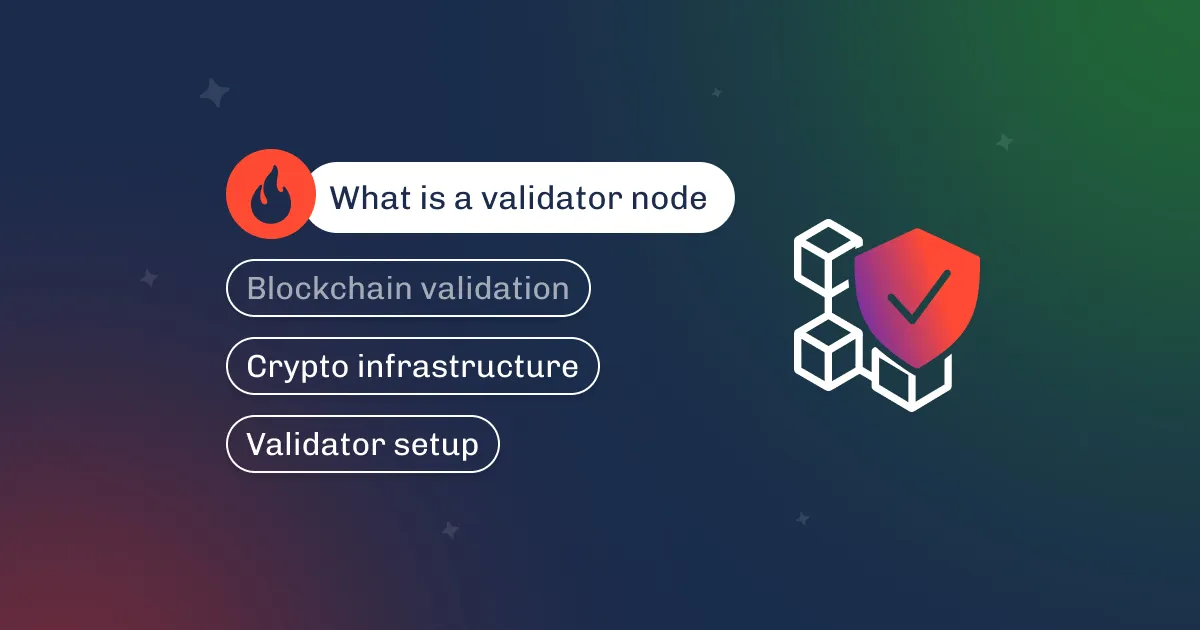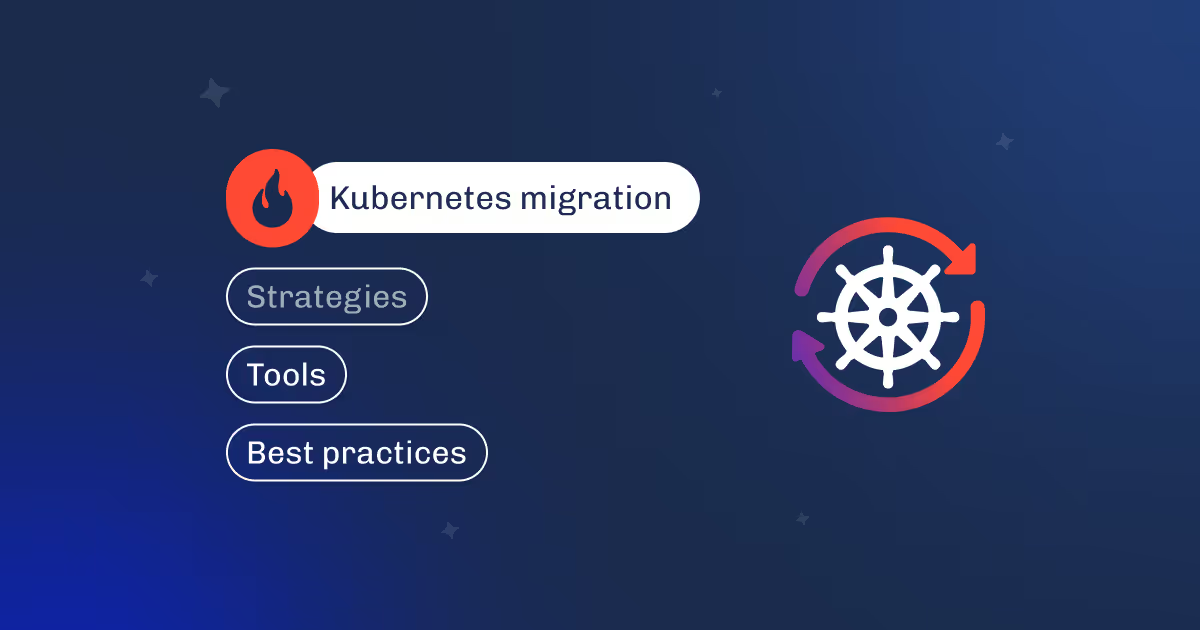

We can’t just sit this one out—AIOps is impossible to ignore, and here’s why. AI is evolving at breakneck speed, and it’s no longer just about chatbots or generative art. Look at what’s happened in the past few months—OpenAI rolled out more advanced models, and China’s DeepSeek is pushing the boundaries with DeepSeek V3 and o3-mini.
And as AI gets smarter, IT operations can’t afford to stay stuck in the old ways. DevOps, SREs, and infrastructure engineers are already feeling the heat—systems are more complex, data streams are heavier, and the demand for uptime is relentless. Traditional monitoring tools aren’t enough anymore, which is why companies are turning to AIOps solutions to automate, optimize, and predict operational issues before they escalate.
That’s where an AIOps platform steps in.
Let’s break down what AIOps actually is, why it matters, and how it’s reshaping the way we run modern infrastructure.
What comes to mind when you hear AIOps? Probably something like automated monitoring or an AI-powered system that handles alerts for you.
That’s not entirely wrong, but AIOps is much more than just an intelligent alarm system. It’s a framework that combines machine learning, big data analytics, and automation to manage IT operations in real time.
The term AIOps was first introduced by Gartner in 2017, but only now, with the rise of advanced AI models, are we seeing it become a practical necessity rather than just a concept.
Here’s how it works: The AIOps definition revolves around using artificial intelligence to enhance IT operations by automating data analysis and incident resolution. AIOps tools pull data from logs, metrics, traces, events, and even communication platforms like Slack and Jira. Then, machine learning models process this stream, filtering out noise and detecting real patterns.
Instead of drowning in 10,000 daily alerts, an AIOps system might reduce that to 50 truly critical incidents. It also predicts failures by analyzing historical data and spotting anomalies.
Major cloud providers are already integrating AIOps into their ecosystems—AWS has DevOps Guru, Google Cloud has Cloud Operations Suite, and Azure offers Monitor with AI Insights.
The real question isn’t whether AI will replace engineers, but how engineers will manage AI to prevent modern IT environments from spiraling into chaos.

IT infrastructures aren’t what they used to be. With hybrid clouds, containerized environments, and microservices, monitoring isn’t just about checking logs anymore—it’s about managing an ocean of real-time and historical data. Traditional monitoring tools can’t keep up. There’s too much noise, too many alerts, and not enough time to react manually.
This is where AIOps technology comes in, helping to cut through the noise and automate incident response in complex environments.
The diagram shows that AIOps continuously monitors, automates, and engages, turning raw data into insights.
It helps with:
Without AIOps, teams waste hours on manual troubleshooting. With it, incident response times drop, system reliability improves, and engineers finally focus on real work instead of firefighting.
To understand its mechanics, let’s break it down step by step.
This data can be structured (metrics, traces) or unstructured (log files, event streams). AIOps normalizes and enriches raw data by adding context—like timestamps, resource utilization, and dependency mapping—before passing it downstream.
Once data is ingested, AIOps applies correlation engines that cluster related events. Instead of handling thousands of isolated alerts, the system detects patterns and consolidates them into a single root cause analysis (RCA).Example:
To achieve this, AIOps uses:
AIOps continuously trains machine learning models on historical data to refine anomaly detection. Instead of relying on static alert thresholds (which often lead to alert fatigue), it builds dynamic baselines for system behavior.

For example:
ML models used in AIOps include:
Beyond just identifying existing issues, AIOps predicts future failures. It applies statistical modeling and deep learning to forecast trends, such as:
These forecasts allow teams to apply proactive scaling, preemptive rollbacks, and automated resource reallocation before incidents impact users.
Once AIOps detects an issue, it doesn’t just notify engineers—it can automate remediation workflows through ITSM integrations.
Examples include:
AIOps isn’t a single monolithic system—it comes in different flavors, depending on how it processes data and what level of automation it provides. Broadly speaking, we can break it down into two major types, each serving a different role in IT operations.
This is AIOps without automation—more like an advanced real-time observability engine rather than a self-healing system. It processes and analyzes historical and real-time data, detects anomalies, and provides insights—but it still requires engineers to take action.
How it works:
Where it’s used:
This is where AIOps becomes more than just an insight generator—it actively executes remediation tasks, reducing the need for human intervention. It takes the outputs of passive AIOps and uses automation frameworks to trigger responses.
How it works:
Where it’s used:
The reality? Most companies use a mix of both, gradually shifting from observability-driven to automation-driven AIOps as their infrastructure grows. The end goal isn’t to replace engineers—but to free them from firefighting so they can focus on building, optimizing, and innovating.How should an organization launch AIOps?Most organizations don’t have the luxury of starting from scratch, so AIOps adoption needs to be incremental, aligning with current DevOps and SRE practices.

The first step is getting the data pipeline in order. AIOps thrives on logs, metrics, traces, and events, but if your observability stack is a patchwork of disconnected tools, you’ll be feeding it garbage.
Standardizing data ingestion through log aggregators (Fluentd, Loki), monitoring stacks (Prometheus, Datadog), and distributed tracing systems (OpenTelemetry) ensures that AIOps has clean, structured data to work with.
Once the data layer is stable, the next challenge is correlation. Raw data isn’t enough—AIOps needs context to differentiate between an actual incident and just another anomaly. This is where service dependency mapping comes in.
By integrating with Kubernetes, Terraform, or cloud resource APIs, AIOps can understand which workloads are related, how they interact, and where failure points exist.
Now comes the real AI part—training models on historical incidents. AIOps doesn’t work out of the box; it needs a baseline. Feeding it past logs and failure events helps it recognize patterns unique to your environment. Some platforms use supervised learning, where engineers manually classify past incidents, while others rely on unsupervised clustering to identify recurring patterns.
Either way, expect a learning curve—AI in ops isn’t magic, and the first few months will be about tuning models, refining alert thresholds, and reducing false positives.
Finally, automation should be introduced gradually. Jumping straight to self-healing systems is a recipe for disaster—imagine an AI deciding to restart production services because it misclassified a temporary spike as an outage. Instead, start with automated recommendations and human-in-the-loop workflows.
Over time, as confidence in AIOps grows, more aggressive automation can take over routine incident responses, scaling resources, or even rolling back faulty deployments.
AIOps often gets lumped together with DevOps, MLOps, SRE, and DataOps, but they serve different purposes.
| Feature | AIOps | DevOps |
|---|---|---|
| Focus | AI-driven IT operations management | Collaboration between Dev and Ops for faster deployments |
| Key Technologies | Machine learning, big data analytics | CI/CD, Infrastructure as Code (IaC) |
| Goal | Automate incident detection, root cause analysis, and self-healing | Accelerate software development and delivery |
| Use Case | Reducing alert noise, anomaly detection, predictive maintenance | Streamlining code deployment, automating testing |
| Feature | AIOps | MLOps |
|---|---|---|
| Focus | AI-powered IT operations | Managing the lifecycle of machine learning models |
| Key Technologies | Log analysis, anomaly detection, automation | Model training, versioning, deployment, monitoring |
| Goal | Ensure infrastructure reliability, predict failures | Deploy and maintain ML models in production |
| Use Case | Auto-remediation of incidents, root cause analysis | Automating model deployment, drift detection |
| Feature | AIOps | SRE |
|---|---|---|
| Focus | AI-driven automation for IT operations | Reliability engineering using automation and best practices |
| Key Technologies | AI/ML-driven incident detection and prediction | SLIs, SLOs, error budgets, automation tools |
| Goal | Reduce manual IT ops workload, automate troubleshooting | Ensure system reliability through automation and monitoring |
| Use Case | Predicting system failures, automating response | Defining and enforcing reliability metrics (SLOs, SLAs) |
| Feature | AIOps | DataOps |
|---|---|---|
| Focus | AI-powered IT operations | Streamlining data pipelines and analytics workflows |
| Key Technologies | ML for anomaly detection, log processing | ETL, data orchestration, data governance |
| Goal | Ensure system stability, prevent failures | Improve data quality, streamline data processing |
| Use Case | Detecting infrastructure issues before they cause downtime | Automating data transformations, ensuring compliance |
So…DevOps speeds up deployments, MLOps manages models, SRE ensures reliability, and DataOps streamlines data pipelines—AIOps enhances them all by automating incident detection, predictive analytics, and self-healing mechanisms.
IT operations have reached a point where manual monitoring and response aren’t scalable anymore. With infrastructure complexity growing—hybrid clouds, microservices, and distributed architectures—engineers need more than just dashboards and alerting tools. AIOps monitoring acts as the brain of modern IT operations, cutting through the noise, predicting failures, and automating responses before incidents spiral out of control.
But here’s the reality—AIOps capabilities aren’t a plug-and-play solution. They’re only as good as the data they ingest, the automation rules they follow, and the engineers who fine-tune their models.
"AIOps isn’t about replacing engineers—it’s about giving them superpowers. The right setup lets AI handle the grunt work, so teams can focus on building, scaling, and innovating instead of firefighting incidents all day."
– Dysnix
At Dysnix, we don’t just talk about AIOps—we build, deploy, and optimize it for real-world workloads. Whether you’re looking to reduce incident response time, cut operational overhead, or build a truly self-healing infrastructure, we can help.
Drop us a message—we’ll show you how AI-driven ops can change the way your infrastructure runs.






